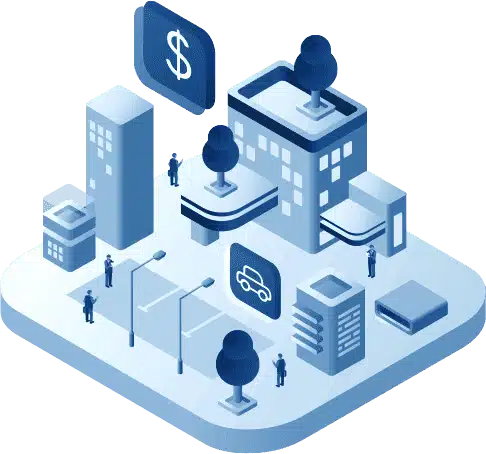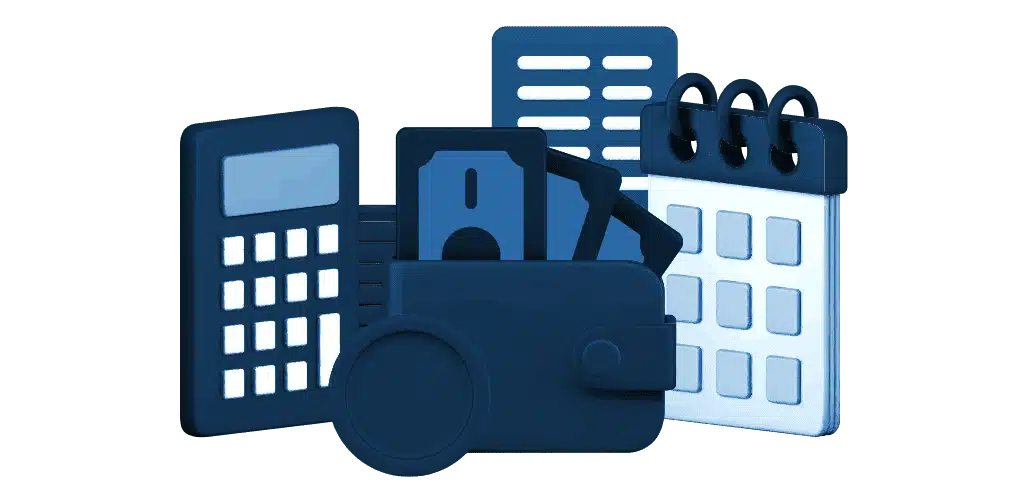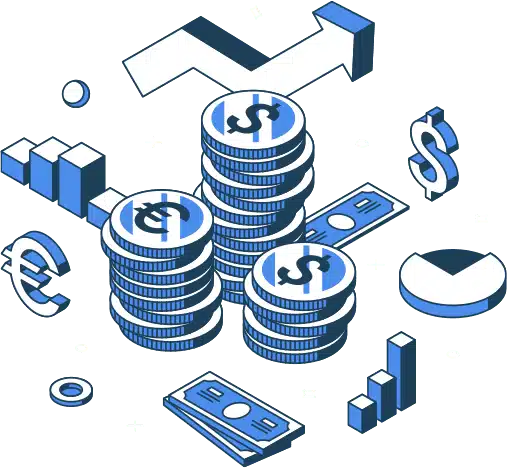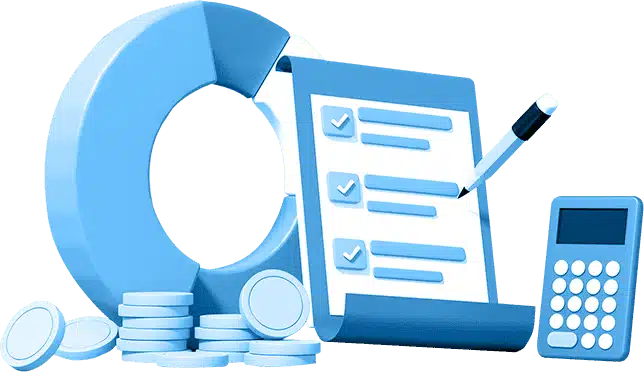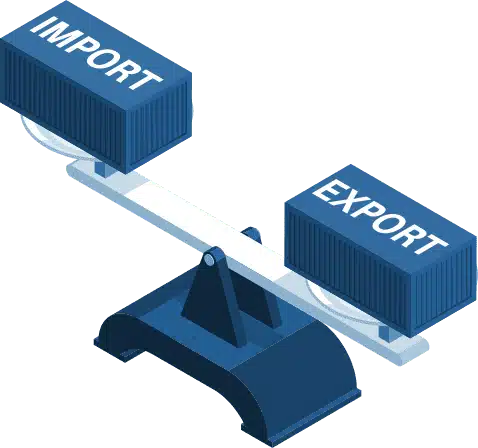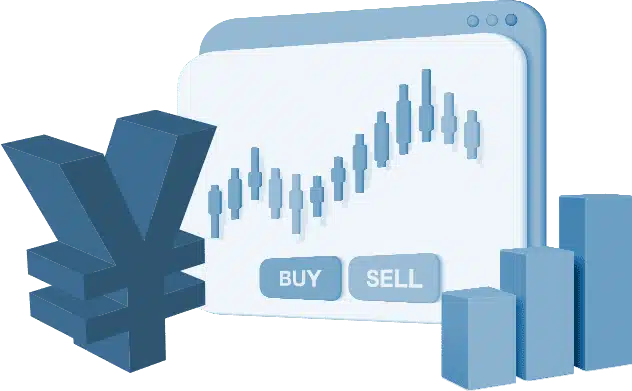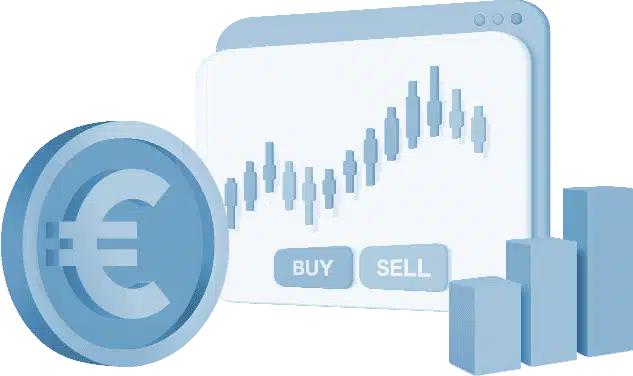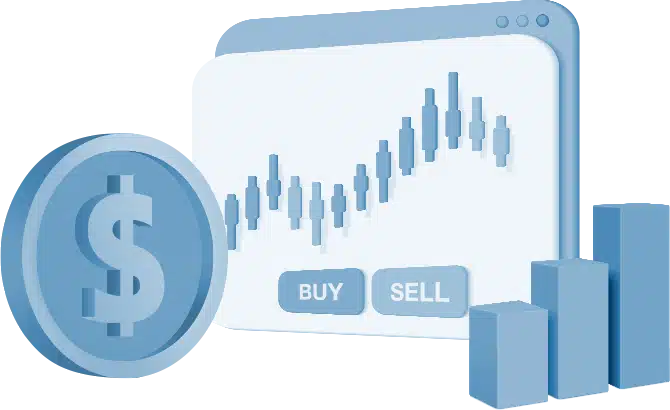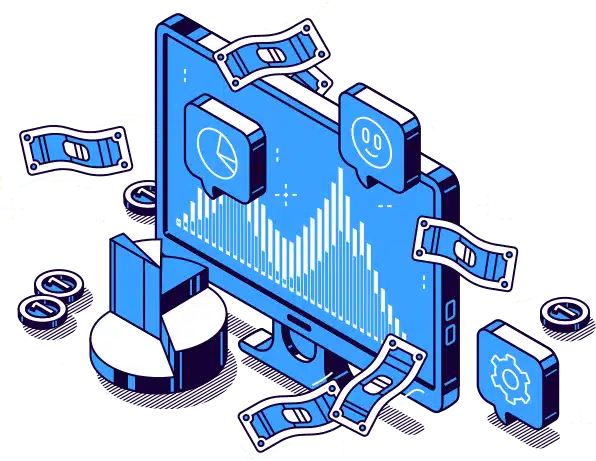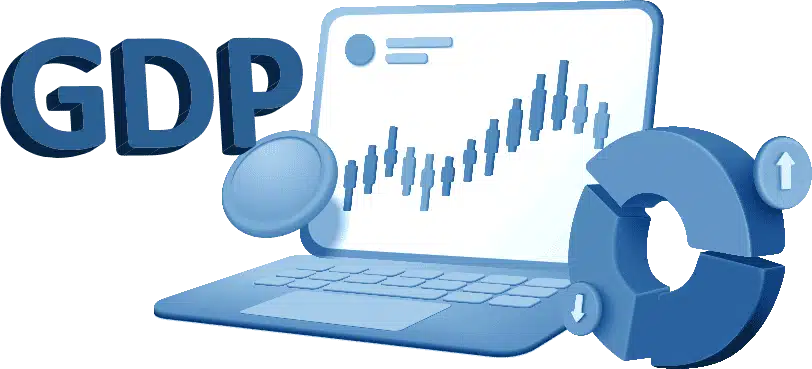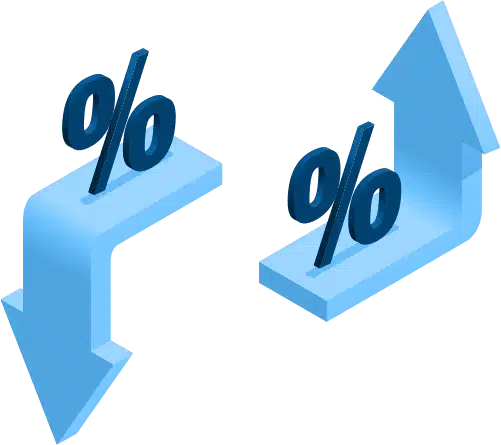
- Products
- Academy
- Trading Platforms
- MetaTrader 4
- MetaTrader 5
- Automated Trading
- AvaSocial
- DupliTrade
- Cryptocurrencies
- Trading Info
- Education
- Partners
- About
- Professional Trader
- AvaProtectTM
- Help
- Help
- Contact Us
- Chat with us
- FAQ
- WhatsApp WhatsApp
- English
- Your Region
Choose Your language Array( [zh-hant] => Array ( [code] => zh-hant [id] => 62 [native_name] => 繁體中文 [major] => 1 [active] => 0 [default_locale] => zh_TW [encode_url] => 0 [tag] => zh-tw [missing] => 0 [translated_name] => Chinese (Traditional) [url] => https://www.avatrade.com.tw/education/economic-indicators [country_flag_url] => https://avatrade.gr/wp-content/plugins/sitepress-multilingual-cms/res/flags/zh-hant.svg [language_code] => zh-hant [continent] => Asia Pacific ) [zh-hans] => Array ( [code] => zh-hans [id] => 60 [native_name] => 简体中文 [major] => 1 [active] => 0 [default_locale] => zh_CN [encode_url] => 0 [tag] => zh-hans [missing] => 1 [translated_name] => Chinese (Simplified) [url] => https://www.aihua-apac.cn [country_flag_url] => https://avatrade.gr/wp-content/plugins/sitepress-multilingual-cms/res/flags/zh-hans.svg [language_code] => zh-hans [continent] => Asia Pacific ) [za] => Array ( [code] => za [id] => 65 [native_name] => South Africa [major] => 0 [active] => 0 [default_locale] => en_ZA [encode_url] => 0 [tag] => en-za [missing] => 0 [translated_name] => South African [url] => https://www.avatrade.co.za/education/economic-indicators [country_flag_url] => https://avatrade.gr/wp-content/plugins/sitepress-multilingual-cms/res/flags/za.svg [language_code] => za [continent] => Africa, Middle East ) [tr] => Array ( [code] => tr [id] => 54 [native_name] => Türkçe [major] => 0 [active] => 0 [default_locale] => tr [encode_url] => 0 [tag] => tr [missing] => 0 [translated_name] => Turkish [url] => https://www.avatradeinvest.com/education/economic-indicators [country_flag_url] => https://avatrade.gr/wp-content/plugins/sitepress-multilingual-cms/res/flags/tr.svg [language_code] => tr [continent] => Europe ) [th] => Array ( [code] => th [id] => 53 [native_name] => ไทย [major] => 0 [active] => 0 [default_locale] => th_TH [encode_url] => 0 [tag] => th [missing] => 1 [translated_name] => Thai [url] => https://www.avatradethai.com/ [country_flag_url] => https://avatrade.gr/wp-content/plugins/sitepress-multilingual-cms/res/flags/th.svg [language_code] => th [continent] => Asia Pacific ) [sv] => Array ( [code] => sv [id] => 51 [native_name] => Svenska [major] => 0 [active] => 0 [default_locale] => sv [encode_url] => 0 [tag] => sv [missing] => 0 [translated_name] => Swedish [url] => https://www.avatrade.se/education/economic-indicators [country_flag_url] => https://avatrade.gr/wp-content/plugins/sitepress-multilingual-cms/res/flags/sv.svg [language_code] => sv [continent] => Europe ) [ru] => Array ( [code] => ru [id] => 46 [native_name] => Русский [major] => 1 [active] => 0 [default_locale] => ru [encode_url] => 0 [tag] => ru [missing] => 0 [translated_name] => Russian [url] => https://ru.avatrade.com/education/economic-indicators [country_flag_url] => https://avatrade.gr/wp-content/plugins/sitepress-multilingual-cms/res/flags/ru.svg [language_code] => ru [continent] => Asia Pacific ) [pt-pt] => Array ( [code] => pt-pt [id] => 42 [native_name] => Português, BR [major] => 0 [active] => 0 [default_locale] => pt_PT [encode_url] => 0 [tag] => pt-br [missing] => 0 [translated_name] => Portuguese (Portugal) [url] => https://www.avatradeportuguese.com/education/economic-indicators [country_flag_url] => https://avatrade.gr/wp-content/plugins/sitepress-multilingual-cms/res/flags/pt-pt.svg [language_code] => pt-pt [continent] => Europe ) [pt-br] => Array ( [code] => pt-br [id] => 43 [native_name] => Portugal [major] => 0 [active] => 0 [default_locale] => pt_BR [encode_url] => 0 [tag] => pt-pt [missing] => 0 [translated_name] => Portuguese (Brazil) [url] => https://www.avatrade.pt/education/economic-indicators [country_flag_url] => https://avatrade.gr/wp-content/plugins/sitepress-multilingual-cms/res/flags/pt-br.svg [language_code] => pt-br [continent] => Europe ) [pl] => Array ( [code] => pl [id] => 41 [native_name] => Polski [major] => 0 [active] => 0 [default_locale] => pl [encode_url] => 0 [tag] => pl [missing] => 0 [translated_name] => Polish [url] => https://www.avatrade.pl/education/economic-indicators [country_flag_url] => https://avatrade.gr/wp-content/plugins/sitepress-multilingual-cms/res/flags/pl.svg [language_code] => pl [continent] => Europe ) [op-es] => Array ( [code] => op-es [id] => 83 [native_name] => Options [major] => 0 [active] => 0 [default_locale] => op-es [encode_url] => 0 [tag] => op-es [missing] => 1 [translated_name] => Options [url] => https://www.avaoptions.es/ [country_flag_url] => https://avatrade.gr/wp-content/plugins/sitepress-multilingual-cms/res/flags/ [language_code] => op-es ) [nl] => Array ( [code] => nl [id] => 38 [native_name] => Nederlands [major] => 1 [active] => 0 [default_locale] => nl [encode_url] => 0 [tag] => nl [missing] => 0 [translated_name] => Dutch [url] => https://www.avatrade.nl/education/economic-indicators [country_flag_url] => https://avatrade.gr/wp-content/plugins/sitepress-multilingual-cms/res/flags/nl.svg [language_code] => nl [continent] => Europe ) [ng] => Array ( [code] => ng [id] => 64 [native_name] => Nigeria [major] => 0 [active] => 0 [default_locale] => en_NG [encode_url] => 0 [tag] => en-ng [missing] => 0 [translated_name] => Nigerain [url] => https://www.avatrade.ng/education/economic-indicators [country_flag_url] => https://avatrade.gr/wp-content/plugins/sitepress-multilingual-cms/res/flags/ng.svg [language_code] => ng [continent] => Africa, Middle East ) [ms] => Array ( [code] => ms [id] => 63 [native_name] => Malaysia [major] => 0 [active] => 0 [default_locale] => ms_MY [encode_url] => 0 [tag] => ms [missing] => 0 [translated_name] => Malaysia [url] => https://www.avatrade.com.my/education/economic-indicators [country_flag_url] => https://avatrade.gr/wp-content/plugins/sitepress-multilingual-cms/res/flags/ms.svg [language_code] => ms [continent] => Asia Pacific ) [mn] => Array ( [code] => mn [id] => 36 [native_name] => Mongolian [major] => 0 [active] => 0 [default_locale] => mn [encode_url] => 0 [tag] => mn [missing] => 0 [translated_name] => Mongolian [url] => https://www.avatrade.mn/education/economic-indicators [country_flag_url] => https://avatrade.gr/wp-content/plugins/sitepress-multilingual-cms/res/flags/mn.svg [language_code] => mn [continent] => Asia Pacific ) [la] => Array ( [code] => la [id] => 31 [native_name] => Español Latinoamérica [major] => 0 [active] => 0 [default_locale] => es_lat [encode_url] => 0 [tag] => la [missing] => 1 [translated_name] => Español Latinoamérica [url] => https://www.avatrade.lat/ [country_flag_url] => https://avatrade.gr/wp-content/plugins/sitepress-multilingual-cms/res/flags/ [language_code] => la [continent] => America ) [ko] => Array ( [code] => ko [id] => 29 [native_name] => 한국어 [major] => 0 [active] => 0 [default_locale] => ko_KR [encode_url] => 0 [tag] => ko [missing] => 0 [translated_name] => Korean [url] => https://www.avatrade.co.kr/education/economic-indicators [country_flag_url] => https://avatrade.gr/wp-content/plugins/sitepress-multilingual-cms/res/flags/ko.svg [language_code] => ko [continent] => Asia Pacific ) [ja] => Array ( [code] => ja [id] => 28 [native_name] => 日本語 [major] => 1 [active] => 0 [default_locale] => ja [encode_url] => 0 [tag] => ja [missing] => 1 [translated_name] => Japanese [url] => https://www.avatrade.co.jp [country_flag_url] => https://avatrade.gr/wp-content/plugins/sitepress-multilingual-cms/res/flags/ja.svg [language_code] => ja [continent] => Asia Pacific ) [it] => Array ( [code] => it [id] => 27 [native_name] => Italiano [major] => 1 [active] => 0 [default_locale] => it [encode_url] => 0 [tag] => it [missing] => 0 [translated_name] => Italian [url] => https://www.avatrade.it/education/economic-indicators [country_flag_url] => https://avatrade.gr/wp-content/plugins/sitepress-multilingual-cms/res/flags/it.svg [language_code] => it [continent] => Europe ) [id] => Array ( [code] => id [id] => 25 [native_name] => Indonesia [major] => 0 [active] => 0 [default_locale] => id [encode_url] => 0 [tag] => id [missing] => 0 [translated_name] => Indonesian [url] => https://www.avatrade.id/education/economic-indicators [country_flag_url] => https://avatrade.gr/wp-content/plugins/sitepress-multilingual-cms/res/flags/id.svg [language_code] => id [continent] => Asia Pacific ) [hu] => Array ( [code] => hu [id] => 23 [native_name] => Magyar [major] => 0 [active] => 0 [default_locale] => hu [encode_url] => 0 [tag] => hu [missing] => 0 [translated_name] => Hungarian [url] => https://www.avatrade.hu/education/economic-indicators [country_flag_url] => https://avatrade.gr/wp-content/plugins/sitepress-multilingual-cms/res/flags/hu.svg [language_code] => hu [continent] => Europe ) [he] => Array ( [code] => he [id] => 20 [native_name] => עברית [major] => 0 [active] => 0 [default_locale] => he_IL [encode_url] => 0 [tag] => he [missing] => 0 [translated_name] => Hebrew [url] => https://www.atrade.co.il/education/economic-indicators [country_flag_url] => https://avatrade.gr/wp-content/plugins/sitepress-multilingual-cms/res/flags/he.svg [language_code] => he ) [fr-ca] => Array ( [code] => fr-ca [id] => 78 [native_name] => Canada Français [major] => 0 [active] => 0 [default_locale] => fr-ca [encode_url] => 0 [tag] => fr-ca [missing] => 1 [translated_name] => Canada Français [url] => https://fr.avatrade.ca/ [country_flag_url] => https://avatrade.gr/wp-content/plugins/sitepress-multilingual-cms/res/flags/ [language_code] => fr-ca [continent] => America ) [fr] => Array ( [code] => fr [id] => 4 [native_name] => Français [major] => 1 [active] => 0 [default_locale] => fr [encode_url] => 0 [tag] => fr [missing] => 0 [translated_name] => French [url] => https://www.avatrade.fr/education/economic-indicators [country_flag_url] => https://avatrade.gr/wp-content/plugins/sitepress-multilingual-cms/res/flags/fr.svg [language_code] => fr [continent] => Europe ) [fi] => Array ( [code] => fi [id] => 18 [native_name] => Suomi [major] => 0 [active] => 0 [default_locale] => fi [encode_url] => 0 [tag] => fi [missing] => 0 [translated_name] => Finnish [url] => https://www.avatrade.fi/education/economic-indicators [country_flag_url] => https://avatrade.gr/wp-content/plugins/sitepress-multilingual-cms/res/flags/fi.svg [language_code] => fi [continent] => Europe ) [fb-fr] => Array ( [code] => fb-fr [id] => 79 [native_name] => Friedberg-fr [major] => 0 [active] => 0 [default_locale] => fb_FR [encode_url] => 0 [tag] => fb-fr [missing] => 1 [translated_name] => Friedberg-fr [url] => https://fr.friedbergdirectav.ca/ [country_flag_url] => https://avatrade.gr/wp-content/plugins/sitepress-multilingual-cms/res/flags/ [language_code] => fb-fr ) [fb-ca] => Array ( [code] => fb-ca [id] => 76 [native_name] => Friedberg-ca [major] => 0 [active] => 0 [default_locale] => fb-ca [encode_url] => 0 [tag] => fb-ca [missing] => 1 [translated_name] => Friedberg-ca [url] => https://www.friedbergdirectav.ca/ [country_flag_url] => https://avatrade.gr/wp-content/plugins/sitepress-multilingual-cms/res/flags/ [language_code] => fb-ca ) [es-mx] => Array ( [code] => es-mx [id] => 80 [native_name] => Spanish-mx [major] => 0 [active] => 0 [default_locale] => es_MX [encode_url] => 0 [tag] => es-mx [missing] => 0 [translated_name] => Mexico-es [url] => https://www.avatrade.mx/educacion/indicadores-economicos [country_flag_url] => https://avatrade.gr/wp-content/plugins/sitepress-multilingual-cms/res/flags/ [language_code] => es-mx [continent] => America ) [es-es] => Array ( [code] => es-es [id] => 67 [native_name] => Chile [major] => 0 [active] => 0 [default_locale] => es_CL [encode_url] => 0 [tag] => es-cl [missing] => 0 [translated_name] => Chile [url] => https://www.avatrade.cl/educacion/indicadores-economicos [country_flag_url] => https://avatrade.gr/wp-content/plugins/sitepress-multilingual-cms/res/flags/ [language_code] => es-es [continent] => America ) [es] => Array ( [code] => es [id] => 2 [native_name] => Español [major] => 1 [active] => 0 [default_locale] => es [encode_url] => 0 [tag] => es [missing] => 0 [translated_name] => Spanish [url] => https://www.avatrade.es/educacion/indicadores-economicos [country_flag_url] => https://avatrade.gr/wp-content/plugins/sitepress-multilingual-cms/res/flags/es.svg [language_code] => es [continent] => Europe ) [en-ae] => Array ( [code] => en-ae [id] => 82 [native_name] => English-UAE [major] => 0 [active] => 0 [default_locale] => en-ae [encode_url] => 0 [tag] => en-ae [missing] => 0 [translated_name] => English-UAE [url] => https://en.avatrade.ae/education/economic-indicators [country_flag_url] => https://avatrade.gr/wp-content/plugins/sitepress-multilingual-cms/res/flags/ [language_code] => en-ae [continent] => Africa, Middle East ) [en] => Array ( [code] => en [id] => 1 [native_name] => English [major] => 1 [active] => 1 [default_locale] => en [encode_url] => 0 [tag] => en [missing] => 0 [translated_name] => English [url] => https://www.avatrade.com/education/economic-indicators [country_flag_url] => https://avatrade.gr/wp-content/plugins/sitepress-multilingual-cms/res/flags/en.svg [language_code] => en [continent] => America ) [de] => Array ( [code] => de [id] => 3 [native_name] => Deutsch [major] => 1 [active] => 0 [default_locale] => de [encode_url] => 0 [tag] => de [missing] => 0 [translated_name] => German [url] => https://www.avatrade.de/education/economic-indicators [country_flag_url] => https://avatrade.gr/wp-content/plugins/sitepress-multilingual-cms/res/flags/de.svg [language_code] => de [continent] => Europe ) [da] => Array ( [code] => da [id] => 12 [native_name] => Dansk [major] => 1 [active] => 0 [default_locale] => da_DK [encode_url] => 0 [tag] => da [missing] => 1 [translated_name] => Danish [url] => https://www.avatrade.dk/ [country_flag_url] => https://avatrade.gr/wp-content/plugins/sitepress-multilingual-cms/res/flags/da.svg [language_code] => da ) [au] => Array ( [code] => au [id] => 66 [native_name] => Australia [major] => 0 [active] => 0 [default_locale] => en_AU [encode_url] => 0 [tag] => en-au [missing] => 0 [translated_name] => Australian [url] => https://www.avatrade.com.au/education/economic-indicators [country_flag_url] => https://avatrade.gr/wp-content/plugins/sitepress-multilingual-cms/res/flags/ [language_code] => au [continent] => Asia Pacific ) [ar_ar] => Array ( [code] => ar_ar [id] => 70 [native_name] => العربية [major] => 0 [active] => 0 [default_locale] => ar_SA [encode_url] => 0 [tag] => ar [missing] => 0 [translated_name] => العربية [url] => https://www.avatradear.com/education/economic-indicators [country_flag_url] => https://avatrade.gr/wp-content/plugins/sitepress-multilingual-cms/res/flags/ [language_code] => ar_ar [continent] => Africa, Middle East ) [ar-ae] => Array ( [code] => ar-ae [id] => 81 [native_name] => UAE [major] => 0 [active] => 0 [default_locale] => ar-AE [encode_url] => 0 [tag] => ar-ae [missing] => 0 [translated_name] => UAE [url] => https://www.avatrade.ae/education/economic-indicators [country_flag_url] => https://avatrade.gr/wp-content/plugins/sitepress-multilingual-cms/res/flags/ [language_code] => ar-ae [continent] => Africa, Middle East ) [En-ca] => Array ( [code] => En-ca [id] => 77 [native_name] => Canada [major] => 0 [active] => 0 [default_locale] => en_CA [encode_url] => 0 [tag] => en-ca [missing] => 0 [translated_name] => Canada [url] => https://www.avatrade.ca/education/economic-indicators [country_flag_url] => https://avatrade.gr/wp-content/plugins/sitepress-multilingual-cms/res/flags/ [language_code] => En-ca [continent] => America ))- 繁體中文
- 简体中文
- South Africa
- Türkçe
- ไทย
- Svenska
- Русский
- Português, BR
- Portugal
- Polski
- Options
- Nederlands
- Nigeria
- Malaysia
- Mongolian
- Español Latinoamérica
- 한국어
- 日本語
- Italiano
- Indonesia
- Magyar
- Canada Français
- Français
- Suomi
- Spanish-mx
- Chile
- Español
- English-UAE
- Deutsch
- Dansk
- Australia
- العربية
- UAE
- Canada
- English
LoginGLOBALEUEconomic Indicators
Recognize relevant indicators for each country and learn to anticipate currency movements.

What are Economic Indicators?
The article will take a look at the various types of economic indicators, the importance of their use during trading as well as where to find the relevant indicators per country.Why are Economic Indicators Important?
There are a number of economic indicators that offer statistical information about a countries economic activity. Used mostly as a ‘pre-view’ of sorts to establish performance, patterns and prediction on future performance within an economy, such as a business cycle.Types of Economic Indicators
The indicators’ frequencies vary from one indicator to the other; some are daily, others monthly and several are quarterly. Before the indicator occurs there are speculations made by leading financial figures, and traders base their moves on those speculations. An economic event has a double influence; first when announced, and second when compared to the speculations made before. A big difference between the speculation and the actual number can cause shifts in the market. Each indicator can affect more than its own market. For instance, if a government issued a statement that more building permits were given, it will result with more jobs, lowering the unemployed rate and thus leading to higher consumption rate and ending with the strengthening of the local currency.Economic Indicator Examples
An example of an indicator with a major impact is the Non-Farm Payrolls (NFP), published on each month’s first Friday by the U.S. Bureau of Labor Statistics. This report reveals change in the number of employed people in the US from the previous month, excluding the farming industry. That covers approximately 80% of the US work force. An increase in the number of newly employed people usually indicates the market is growing. As a result, the American Dollar will grow stronger. If a trader speculated that beforehand, and opened buying positions prior to the announcement – the outcomes would be to his favour. Naturally, if the there is a slowdown in employment the Dollar will weaken. Either way, the NFP and the speculations beforehand will cause vibrations in different instruments.The most recent Euro centric example would be the ECB Interest Rate Decision, that is announced by the European Central Bank. If the ECB are hawkish about the inflationary outlook of the European economy and they raise the interest rates, it is seen as a positive sign for the EUR and the trend would be on a bullish curve. The opposite would be true for the ECB if they keep the current interest rate going, or they decide to cut the interest rate the EUR will suffer and be on a bearish trend. Should the outcome of the indicator be as expected the EUR will not see much impact, however if the predicted outcome is not as expected the element of ‘surprise’ will have the greater market impact.The Caixin Purchasing Managers’ Index (PMI) is a specific measurement of nationwide manufacturing activity, where attention is given to smaller and medium-sized companies. The news came in during the December 2015 announcement, that this month’s PMI came in lower than the expected figure. The general fear is that, as a result, manufacturers continue to cut on their staff numbers in turn lowering their production output. Other types of Economic Indicators review market growth demand and supply figures and many other factors that impact markets, instruments, companies and traders as one.The Importance of an Economic Calendar
The key to the success for most traders is a frequently updated economic calendar. The calendar covers all important events and releases that affect the forex markets as well as the economy of a specific country. A great understanding of why markets do what they do, can be found on these calendars while traders are able to anticipate market moves based on previous, actual and forecasted numbers. With the release of key economic data such as NFP, GDP, etc figures present excellent trading opportunities.How to use Economic Indicators?
In order to utilize the indicators to one’s advantage, a proper market analysis is required. Some traders prefer a more elementary research, while others choose a very thorough work and analyses. For all traders the indicators can be a very useful tool requiring close monitoring of the economic calendar. Once the trader knows that a certain event is due to take place, e.g. a country’s consumer supply and demand rate, he will prepare by making a speculation on the number that will be presented. Based on that speculation the trader will choose which instrument to trade and if he should open a buy or sell position. Should the trader be accurate the trade can result with substantial profits. Speculation made on Economic Indicators should be done with a knowledge of relevant markets and financial occurrences, or general events that can affect the content of the indicator. Once knowing all the related factors, the speculation will be based on a firm ground of rational thinking.Putting Economic Indicators to Work
Any trader, beginner or experienced, should familiarise himself with the economic calendar, and learn which indicators are relevant to his trades and how. Once this information is acquired traders will find out how their trades become more successful and their earnings can surpass their expectation. Put our economic indicators to work here.Economic indicators FAQ
What is the best economic indicator?There are dozens of economic indicators being released by every major economic power in the world. With so many to choose from how can you know which one is the best? In many cases it will depend on the market you’re trading. For example, gold markets are impacted heavily by inflation data, but equity markets might not even blink at this data. Equity traders follow indicators like employment and GDP far more closely, but currency traders might not be influenced too much by this data. The most important indicator for a market can also change over time based on market conditions. The best course is to follow all the major indicators and understand their potential impact on the markets you trade.Why is GDP considered such a good economic indicator?GDP is considered as important because it gives traders information about the overall size of a country’s economy, and how rapidly that economy is growing. The growth rate of GDP is often considered even more important that the actual GDP numbers since it is a better indicator of the health of the economy, and the future output. In the broadest terms a growing GDP means the economy is doing well, and a shrinking GDP indicates the economy could be heading for trouble. Strong GDP can also indicate strong employment, consumer sentiment, and consumer spending, since people and businesses tend to have more money in their pockets when GDP is growing. This can lift asset prices across the board as more money is spent and invested.Which three economic indicators are best?Traders continually look for reasons why asset prices are rising or falling. While there are many different factors that can contribute to both rising and falling prices economic factors tend to have the greatest impact on asset performance. That makes it important to know which economic indicators have the greatest impact on prices. In general, the three economic indicators with the greatest influence over market performance are GDP, employment data, and inflation data. These three can tell a trader where we are in an economic cycle, which helps determine which sectors and assets will perform best, and which will perform worst.![]()
![]()
![]()
![]()
![]()
![]()
![]()
![]()
![]() LOGIN TO YOUR ACCOUNT FORGOT PASSWORD
LOGIN TO YOUR ACCOUNT FORGOT PASSWORDStill don't have an Account? Sign Up Now
![Secure]() Safe and Secure
Safe and Secure![Secure]() Globally Regulated Broker
Globally Regulated Broker![Secure]() Safe and Secure
Safe and Secure![Secure]() Globally Regulated BrokerSIGN UP TO GET STARTED Get $10,000 to your demo account now!
Globally Regulated BrokerSIGN UP TO GET STARTED Get $10,000 to your demo account now!Already have an account? Log In
![Secure]() Safe and Secure
Safe and Secure ![Secure]() Globally Regulated Broker
Globally Regulated Broker
- MetaTrader 4
